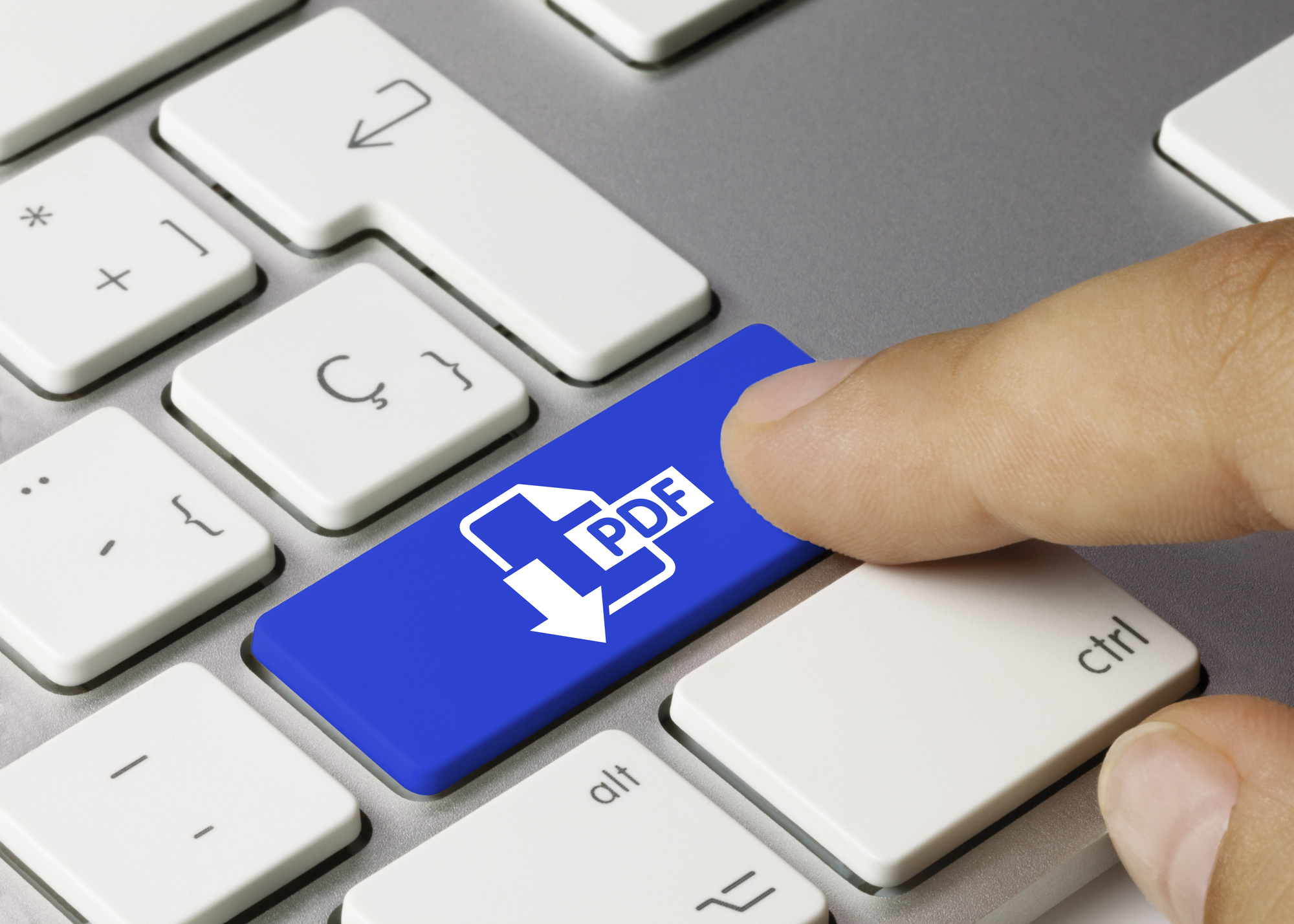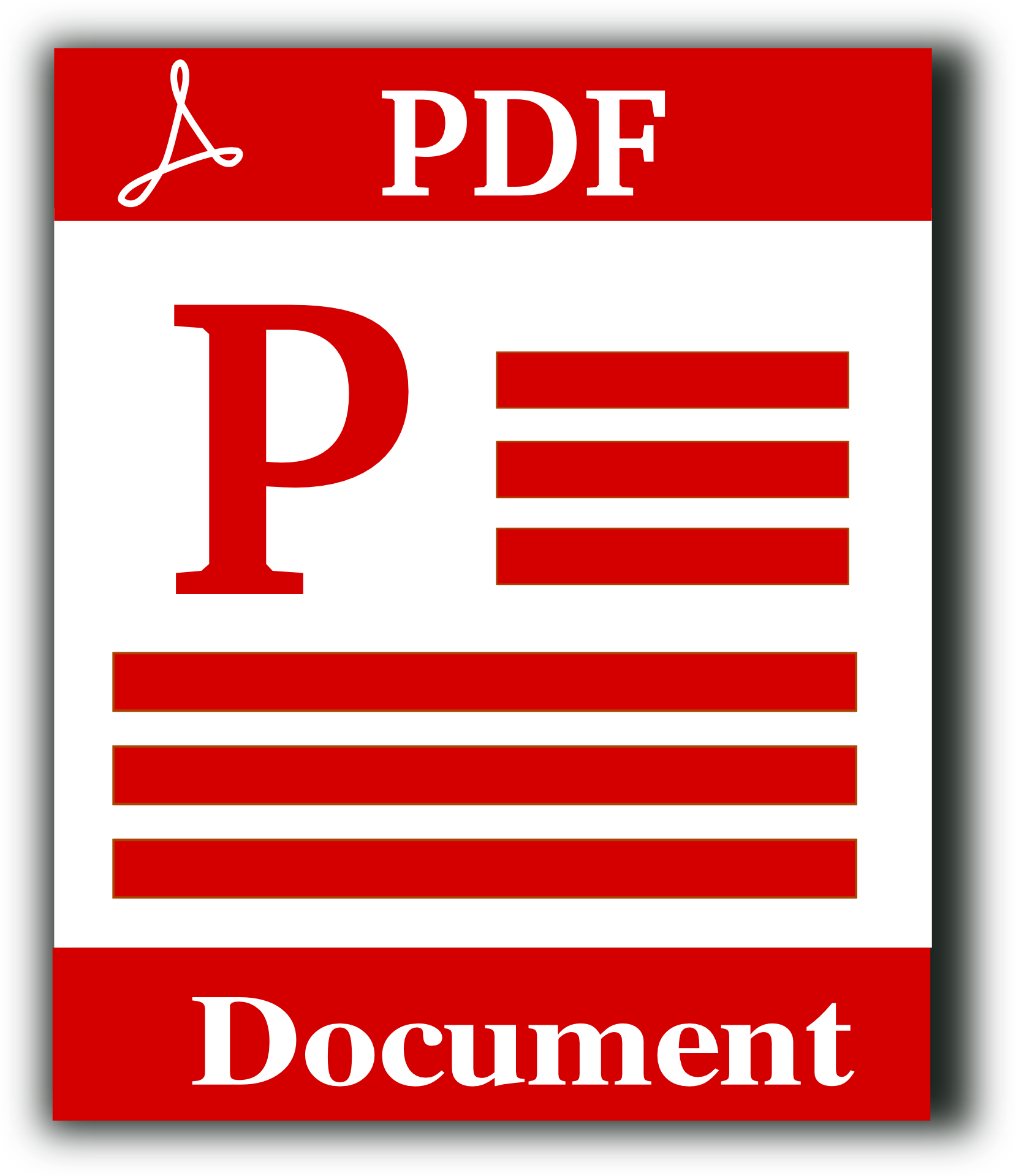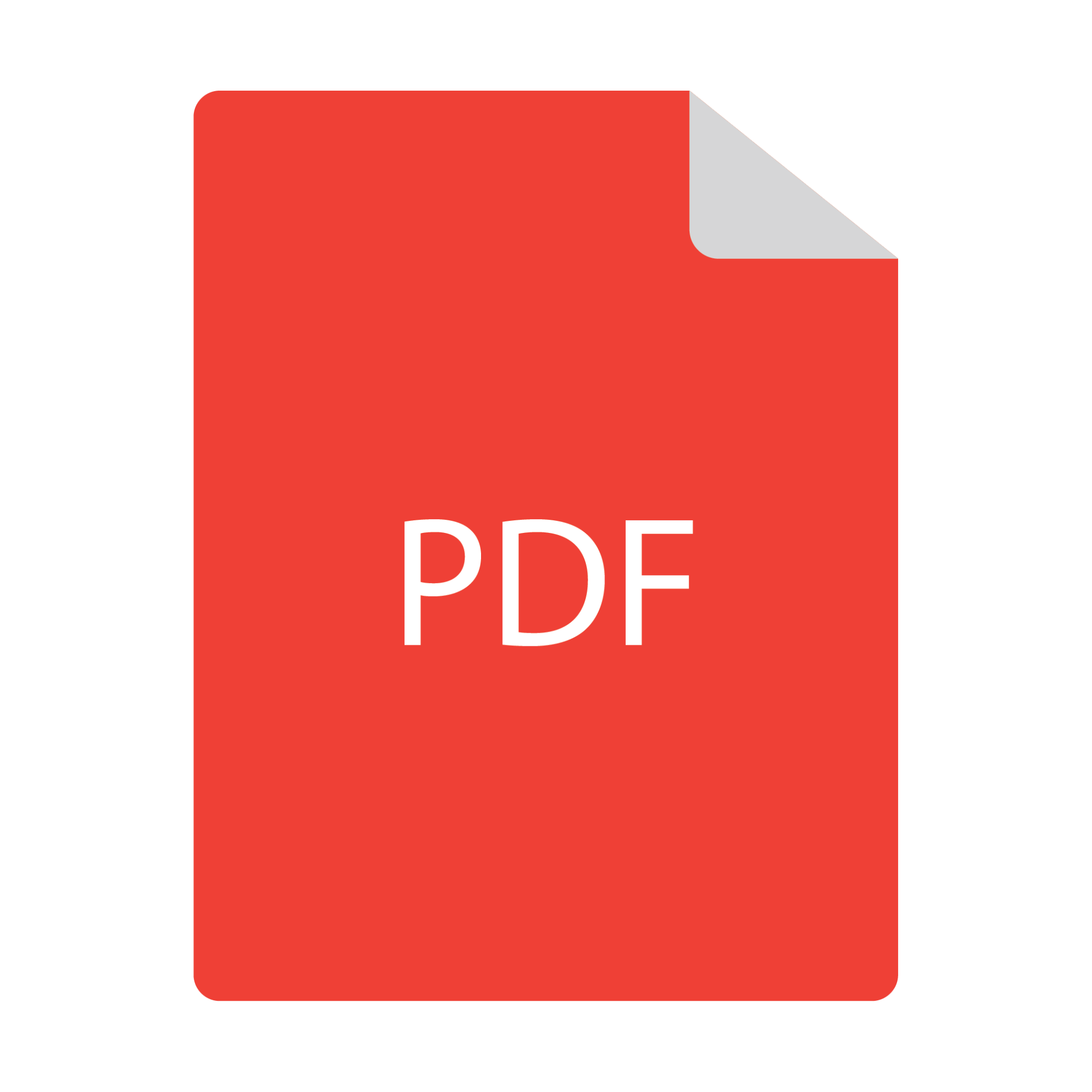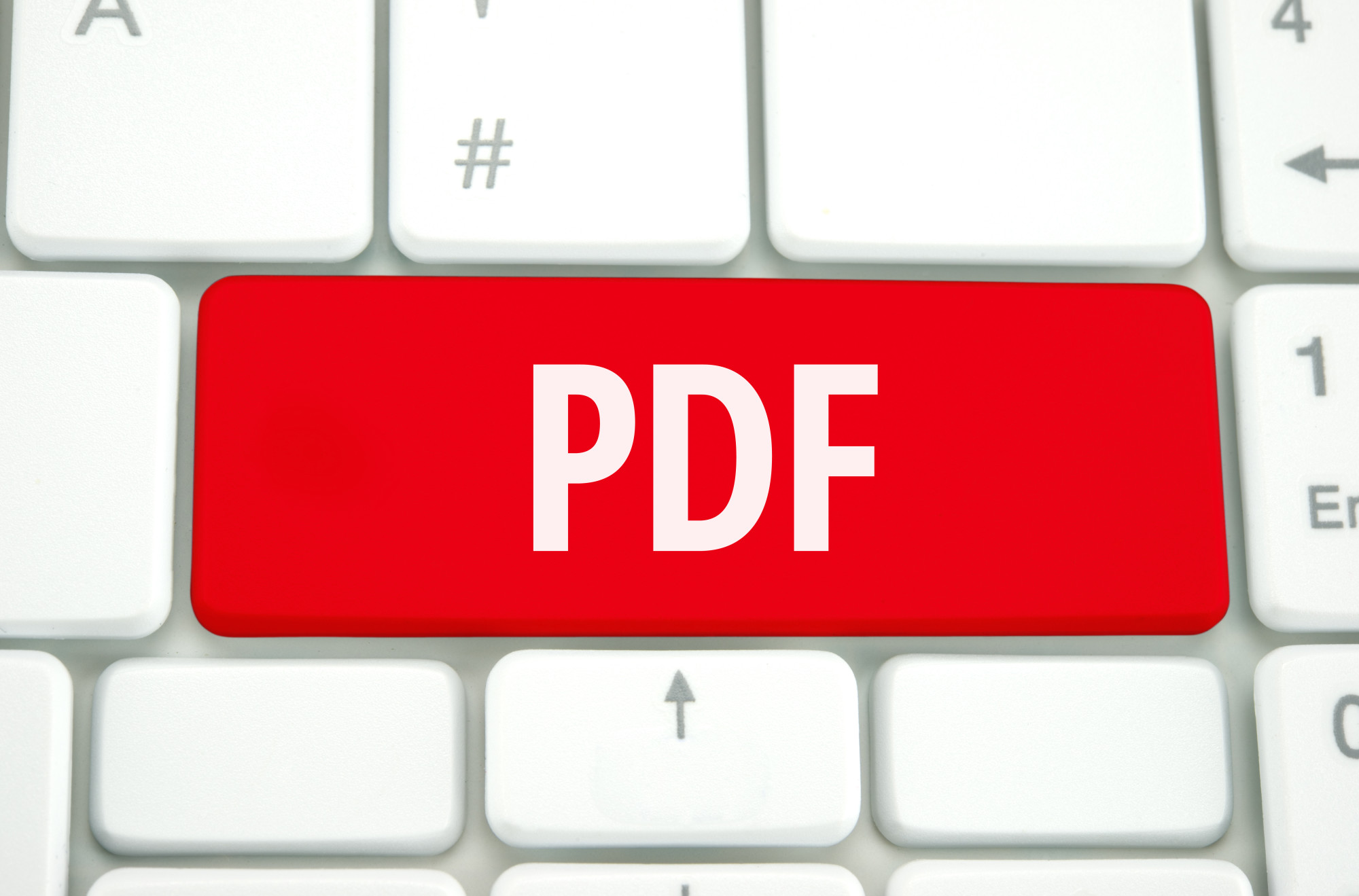For almost three decades, the Adobe Portable Document Format or PDF continues to be one of the most enduring file formats in the world. From private individuals to corporate entities, they all use PDF to create and share documents.
People opened around 250 billion PDFs in 2018 alone. This unwavering popularity of the software proves that the PDF is here to stay for a very long time.
But how exactly did the PDF become the world’s most important file? What are the key benefits and advantages it offers to businesses of all sizes?
Continue reading below as we take a closer look at the PDF and why you need it in your business.
Superb Security
Of the many qualities of the PDF file, the most appealing is the level of security it offers. For starters, you can assign a password to your PDF file. This is vital since hackers can steal valuable data from companies anytime they want.
Recent studies revealed that 43% of cyber-attacks target small businesses.
By assigning passwords to your PDF files, hackers will have a hard time stealing sensitive information from you.
Also, the PDF software lets you limit and restrict the people who can access your PDF files. You can assign the actions that they can perform on the files. You can set certain people to view and edit your files while others can only do the former.
Consistent Format
Another characteristic that makes PDFs appealing is its consistent format. This means the format of your files will not change whenever you send them from your computer to another.
For example, when people send Word documents, the receiver who opens the file using their smartphone may see the Word document differently from its original format. When this happens, confusion from both ends will arise.
This happens frequently when you send files containing graphs and graphics. Thus, when you use the PDF, the formatting remains the same across all receiving platforms.
It also allows the integration of content. You can add videos, graphics, animations, and images without messing up the format.
Additionally, you will enjoy this consistency when you print out the documents.
The PDF and Its Ubiquity
Apart from consistency in format, the PDF software also offers ubiquity. This means the format is available for creating and receiving wherever you may be.
It doesn’t matter if you’re sending the PDF files to a friend or receiving one from a business client. The PDF files are viewable and shareable with much ease.
Furthermore, the PDF works regardless of the operating system you are using. Are you a Mac or Windows PC user? Do you own an iPhone or an Android tablet?
Expect your PDF files to work across all your devices.
Smaller File Size
When it comes to efficiency, the PDF also excels. Compared to other popular formats, the PDF’s file size is smaller and more compact. This means it will not require that much in terms of hard drive space.
The PDF can compress high-quality files into smaller ones. Since you have a more compact file in hand, it becomes easier to share anywhere without compromising its quality and integrity.
This advantage works best if your business involves bulks of documents most of the time.
Additionally, this will benefit individuals who have limited hard drive space. If you don’t have the budget to increase your hard drive space, using PDF files will not become a burden in your current predicament.
Enduring
As we mentioned earlier, the PDF is one of the most enduring file formats to date. And it is likely going to stay that way for a long time. Hence, investing in PDF software will give you a remarkable return on investment.
Because everybody uses it, it means the software and your files will not be in jeopardy of disappearing.
The Different Uses of PDF
Now that we tackled the advantages of using PDF, let us now look at its different uses. First, you should use PDF when putting up online content. PDF is your best bet if you want to publish an online version of your latest product catalogs and manuals.
Because PDF retains the format of your high-quality documents, they will come out with the same look when you publish them online. Furthermore, the PDF software allows you to place bookmarks and table of contents. This feature will make your online documents more helpful to your audience.
Does your business involve ultra-sensitive files like legal documents and contracts? Then converting your files to PDF is paramount. Doing so will secure your documents and protect their integrity from any alterations.
And in case the need arises, you can also convert your PDF files to Word and other file formats.
PDF Editors to Consider
Sometimes, you will need to apply some minor tweaks to your PDF files. But how do you do it? By using some of the best PDF editors available.
If you want a cloud-based PDF editor, Smallpdf is one of your best bets. It features a simple user interface that packs a punch. This editor lets you add images and texts to your PDF documents.
It also supports online signing and lets you add comments to your PDFs. Additionally; you can convert your PDF files to Word using this tool.
If you want something that comes with optical character recognition (OCR), go for the PDF-XChange Editor. This OCR feature is most helpful when working on a PDF document that is originally a photocopy. The OCR recognizes the characters, which you can edit in turn.
But if you’re working in smaller PDF files, PDFescape is your best friend. The tool allows you to edit small PDF files either through a desktop or online.
It also lets you add clickable URLs and freehand notes to your documents.
Convert Your Files to PDF for Free, Today!
Now that you know the value of the PDF, you should start converting your files to PDF today. But if you’re looking for the best PDF converters, then you came to the right place.
Check out our tools and start converting your documents to PDF for free! You can also read up about more conversion procedures, like this one tackling how to convert Google Docs to Word.









